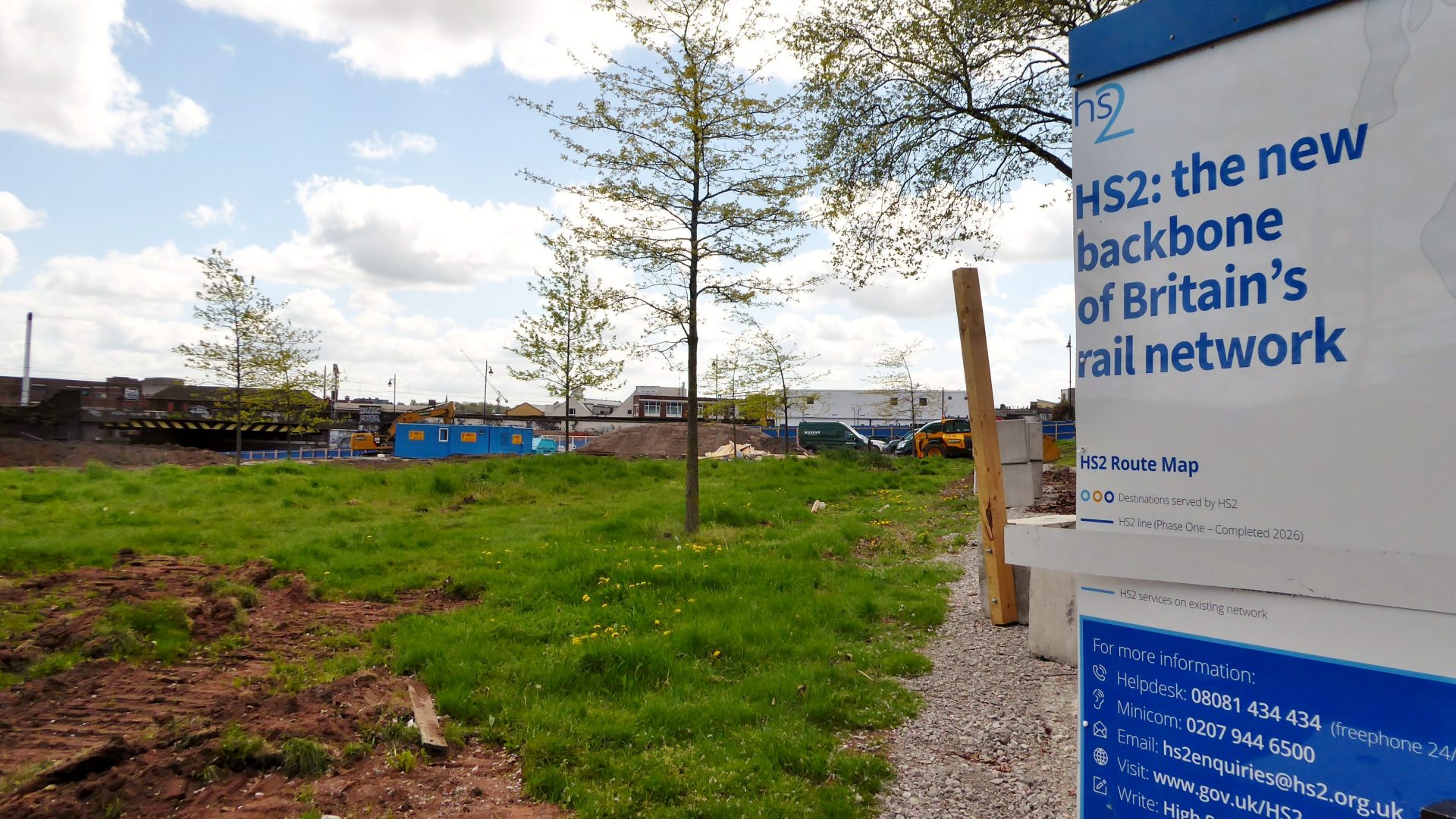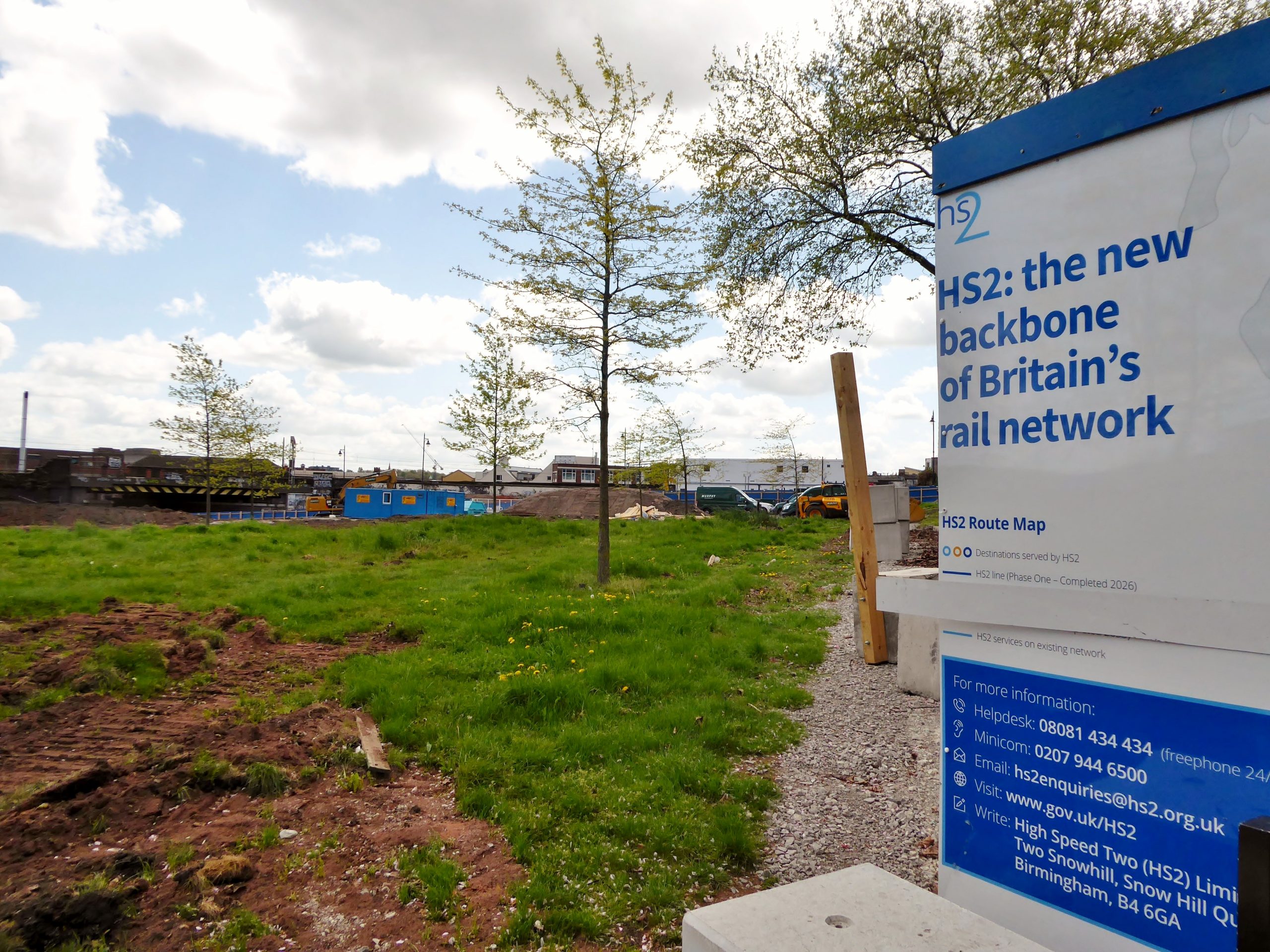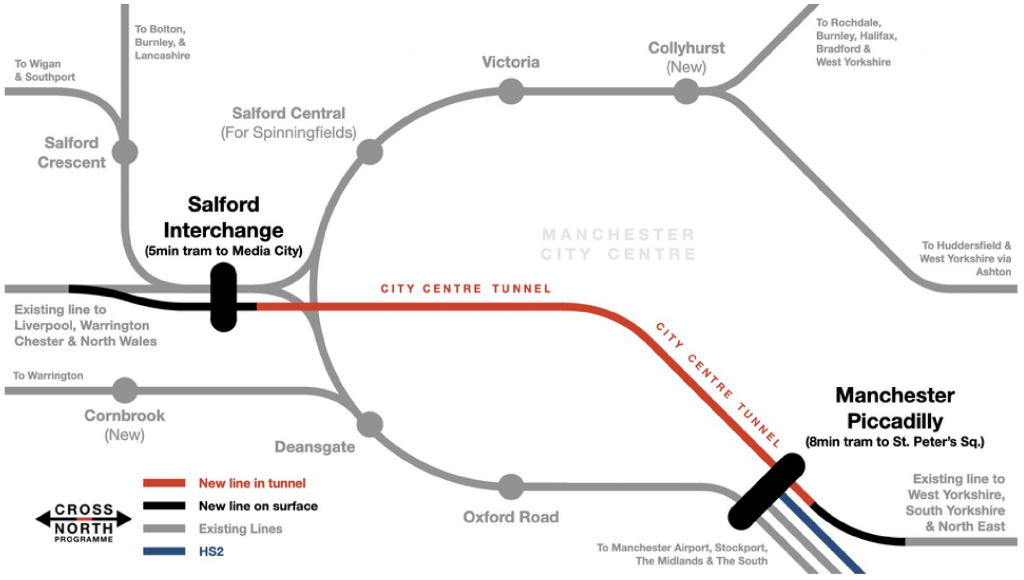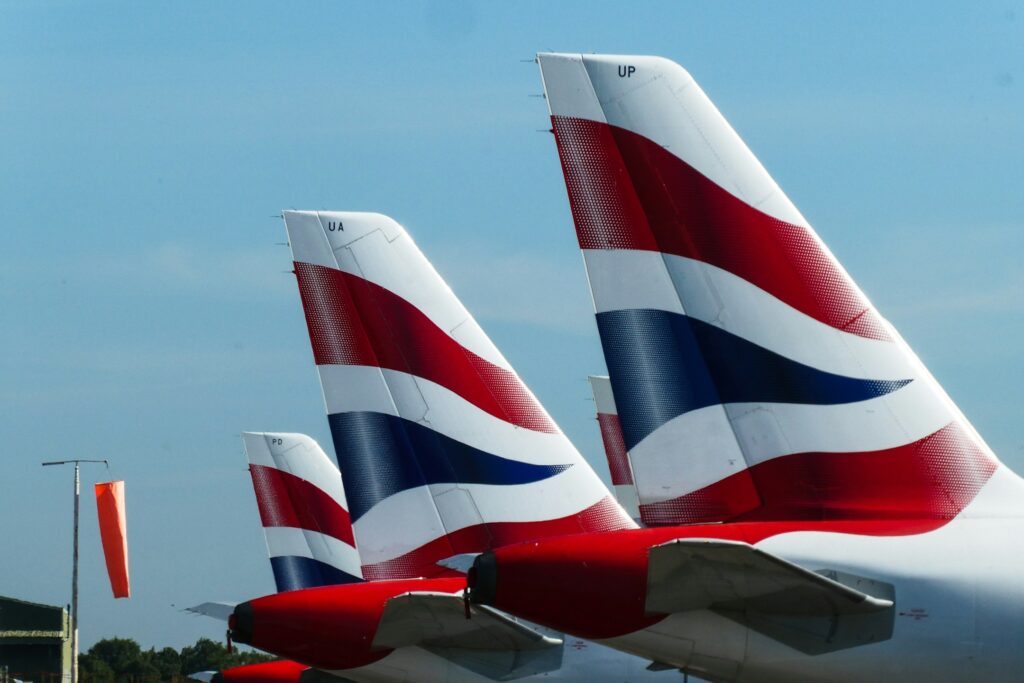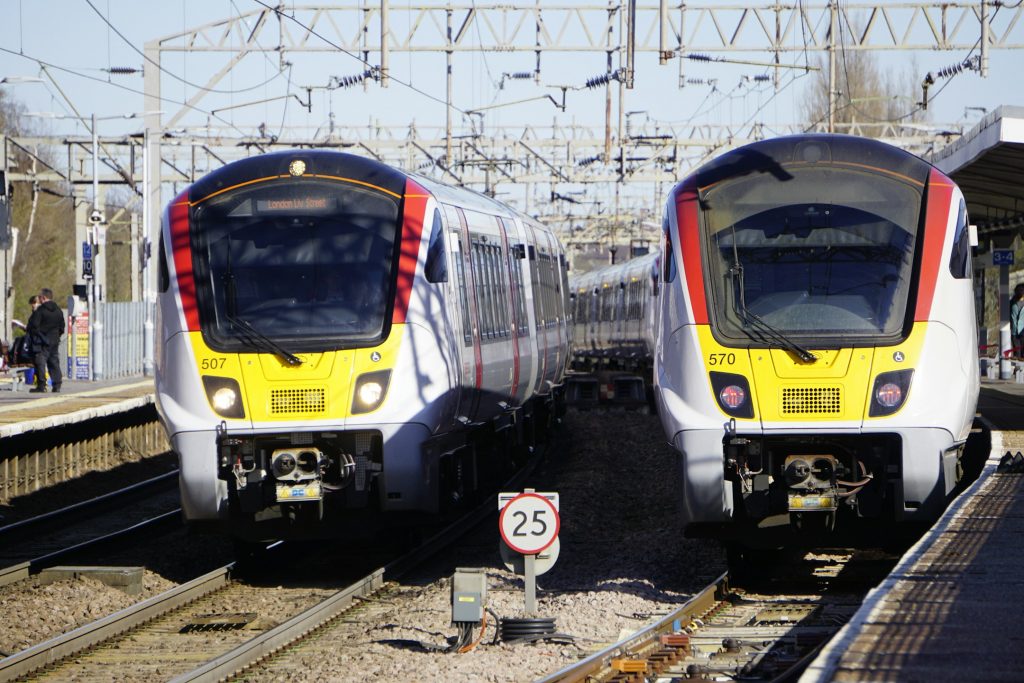Vision:
High speed rail
- Last update: 14/12/2023
- Version: v1.0
We believe a dedicated high-speed network will be the backbone of our public transport system.
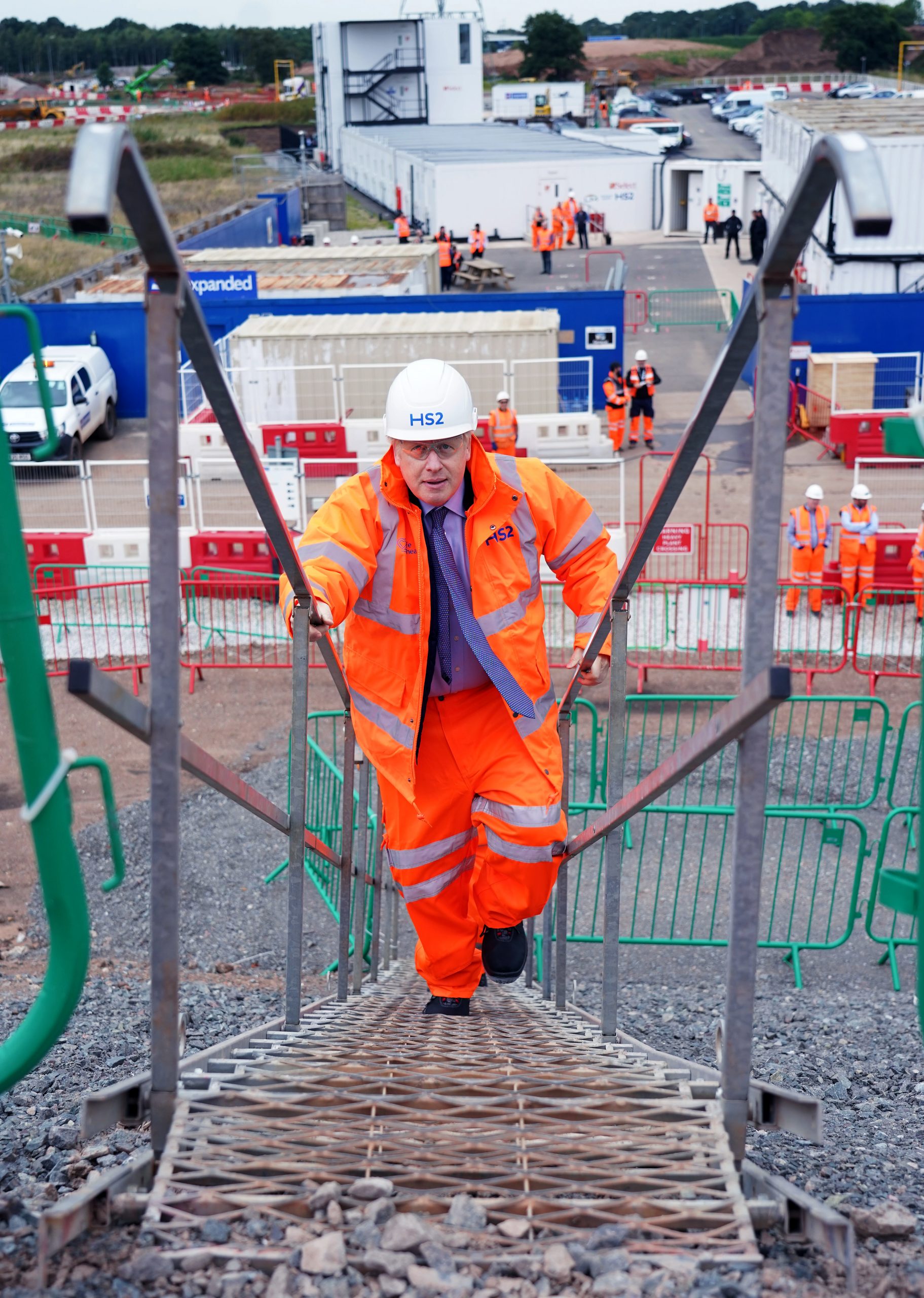
Context
We believe a dedicated high-speed network will be the backbone of our public transport system. This will enable much more than reduced journey times between major cities; it will enable increased capacity and ease of travel, increased reliability and resilience, and will encourage significant modal shift away from domestic aviation, particularly between London and the Scottish Central Belt.
As importantly, building new high-speed infrastructure for long-distance services will free up capacity on our existing network, enabling a step-change in frequency, capacity, efficiency and reliability for local, regional and commuter services, as well as freight on major arteries such as the West Coast Main Line.
HS2 should have been the beginning of a wider network connecting Great Britain. The cancellations of the planned legs to Leeds (November 2021) and Manchester (October 2023) are regrettable, and we would like to see those plans reinstated as soon as possible. However, for this vision, these recent events have given us the opportunity to think more broadly about the wider network we envisage, and how these plans could potentially be adapted to lay the groundwork for this.
There are varying definitions for ‘high-speed rail’. For the purpose of this vision, we are not specifying particular line speeds, as they may differ between lines (HS2 is planned at 225mph, whilst Northern Powerhouse Rail (NPR) would likely be delivered at 125mph, for example). We are focusing on the overall shape of the network, rather than the technical specifications of individual lines.
What we think
Completing a core strategic network
We believe the completion of a core strategic network must be made a priority for completion by 2050. This includes extending dedicated high-speed infrastructure from Birmingham to Manchester and Liverpool, and from Birmingham, through the East Midlands, to Leeds and York. It also includes Northern Powerhouse Rail, which, when completed, should be fully new-build infrastructure from Liverpool, through Manchester, to Leeds and York, with further upgrades east and north to Hull and
Newcastle.
Plans for London Euston must revert to the original proposal of 11 platforms (which could be delivered in phases), in order to ensure the capacity needed for the core network and for future expansion.
We endorse the CrossNorth Programme (CNP) proposal (put forward by North on Track), for Northern Powerhouse Rail to run through central Manchester through a purpose-built east-west tunnel, separate from (previously planned) HS2 infrastructure. This would include underground stations at Manchester Piccadilly and Salford Interchange, enabling better connections to suburbs and nearby towns, reducing pressure on the Castlefield Corridor and enabling more efficient metro-style services on the existing network around Manchester. This new tunnel could be delivered ahead of new infrastructure west to Liverpool and east to Leeds, delivering significant capacity and reliability benefits sooner, whilst tying into a wider new network in the future.
I am so pleased that the CrossNorth concept, to re-envision and prioritise the core section of what will eventually become NPR through Manchester, delivering reliability and capacity benefits sooner in this time of uncertainty following the cancellation of HS2 to Manchester, is Enroute policy. It is of high importance that projects in the north are also supported elsewhere in the country, as opportunities and benefits will be felt nationwide"
George Marshall
Northern Powerhouse Rail should be built with segregated, underground stations at Bradford and Leeds, freeing up space in Leeds station and ensuring maximum reliability.
We believe plans for terminus stations for HS2 in Manchester and Leeds should be revisited, with further studies into the possibility of extending dedicated high-speed infrastructure directly from Manchester further northwest, and from Leeds further northeast. This could involve an underground high-speed station at Manchester Piccadilly (separate to the east-west CrossNorth station), for services running between London and the Scottish Central Belt.
The high-speed line from Birmingham to Leeds should run via East Midlands Hub (Toton) and Sheffield Meadowhall, and should also offer high-speed services from Birmingham to Nottingham and Hull.
Direct high-speed services should also be provided from London to North Wales (via the high-speed line to Crewe), improving connectivity between England, Wales and Ireland.
Further expansion
We believe Great Britain needs a long-term vision for further expansion of high-speed rail, potentially beyond 2050, and that the groundwork for this future vision should be built into the design of our core network (as detailed above).
We believe dedicated high-speed infrastructure should extend north from Crewe/Manchester to Glasgow and Edinburgh (potentially via an underground station at Manchester Piccadilly, as detailed above). We believe a second route is needed between York and Newcastle via Teesside, which may be delivered via a mix of high-speed, upgraded or reinstated infrastructure (potentially including part of the Leamside Line).
We call for work to explore the viability of new high-speed rail from Birmingham to Bristol and Cardiff, potentially connecting to the HS2 line at a delta junction south of Birmingham Interchange, enabling fast direct services from Manchester and Leeds to Bristol and Cardiff.
Work should be undertaken to explore the viability of direct connections from Old Oak Common to the South Hampshire Conurbation (including Southampton and Bournemouth), allowing passengers travelling from the North and Midlands to make use of high-speed trains without having to change across Central London.
Linking the core network to HS1 could enable direct services from mainland Europe to cities including Birmingham, Manchester, Leeds and Glasgow. Further work is need to identify the right infrastructural solution and border security regime to enable this.
- 14th December 2023: Initial publication
